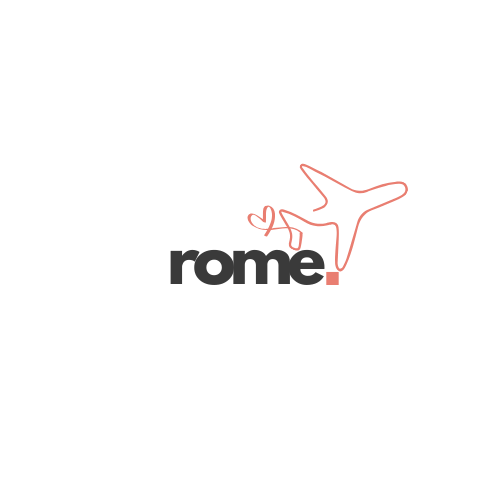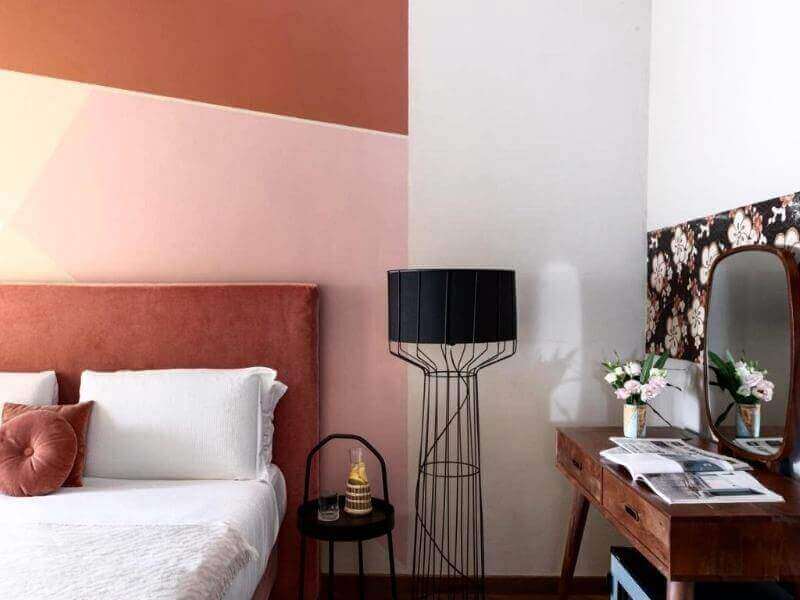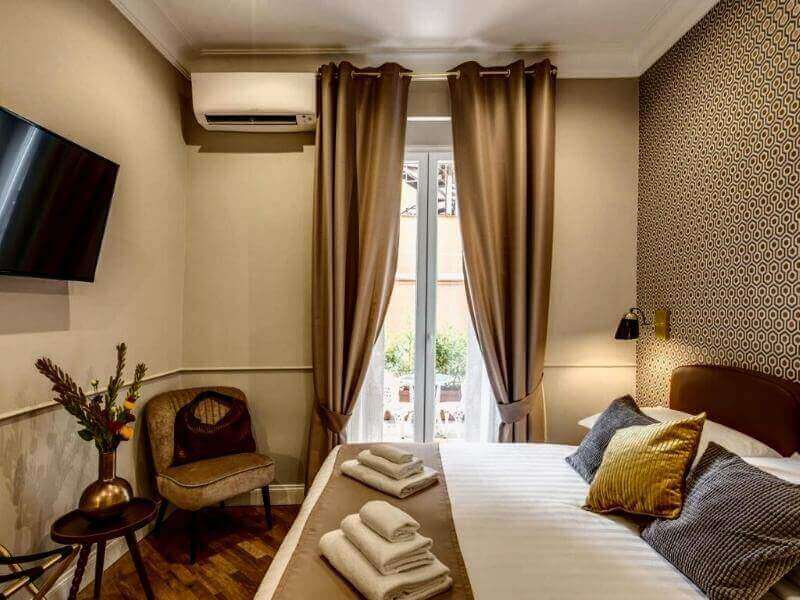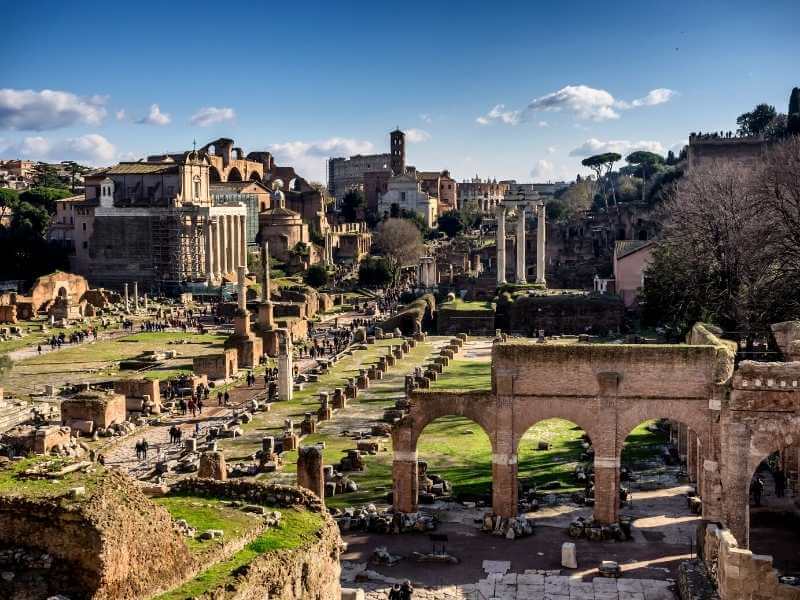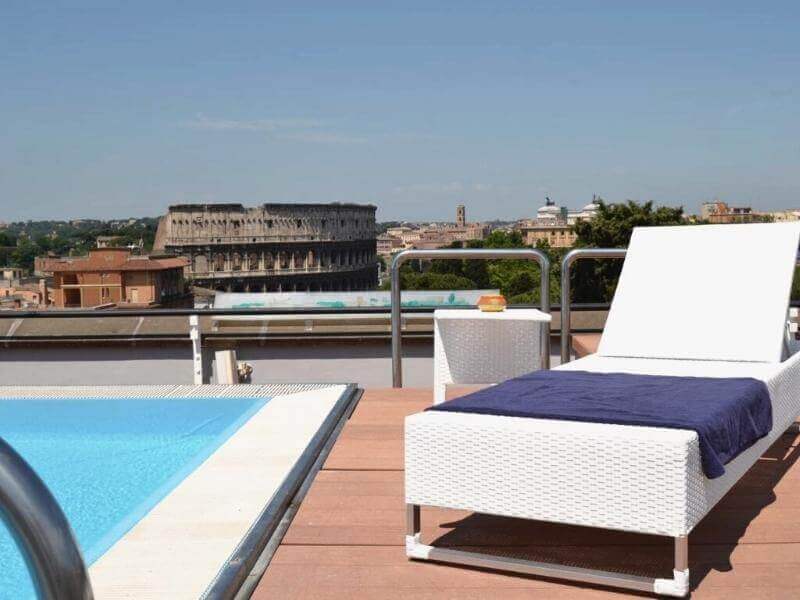The Circus Maximus - Rome's most significant Arena for Chariot Races
Home » Attractions » Circus Maximus
| DE

- - Updated on
The Circus Maximus (Italian: Circo Massimo) is between the Palatine Hill and the Aventine Hill and was Rome’s largest arena, measuring 600 meters long and 140 meters wide.
Contrary to what one might initially think, this stadium was many times larger than the Colosseum, the most visited attraction in Rome today.
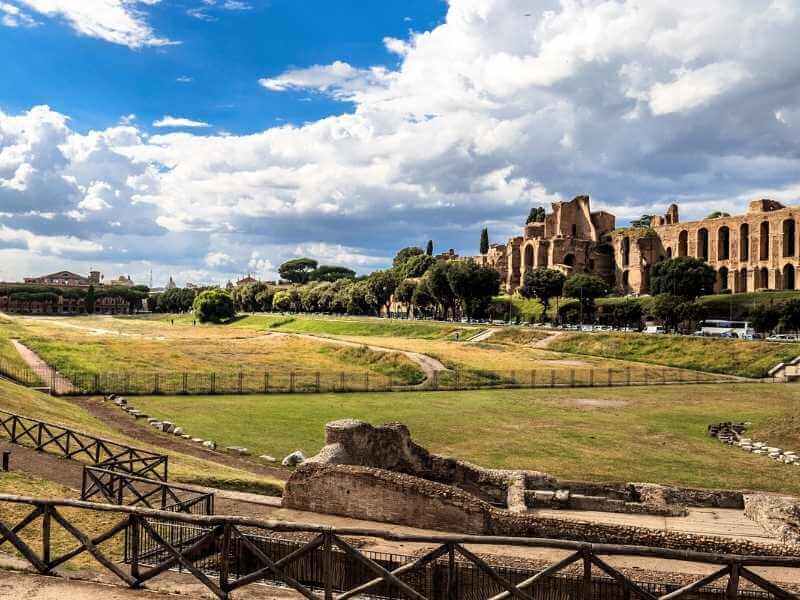
In the time of Augustus, the stadium could hold up to 150,000 spectators. This capacity was even increased to 250,000 seats in the 4th century AD.
This meant that the vast arena could hold around eight times more than the ancient stadium of Emperor Domitian in Piazza Navona.
Visitor Information:
Address:
Via del Circo Massimo, 00186 Roma
Transportation:
Metro stop: Circo Massimo, line B
Stop of the Hop on Hop off bus tours Rome
Recommended exploration time:
1 hour
Nearby:
Palatine Hill (0,5 km)
Colosseum (0,7 km)
Roman Forum (0,9 km)
Baths of Caracalla (1,0 km)
Trastevere (1,6 km)
Domus Aurea (1,6 km)
Opening hours:
The lawn of the Circus Maximus is accessible at all times and free of charge. A separate archaeological section can be visited for an entrance fee of 5 euros (4 euros – reduced).
Summertime: Tuesdays to Sundays from 9:30 am to 7:00 pm (last admission at 6:00 pm)
Winter time: Tuesdays to Sundays from 9:30 am to 4:30 pm (last admission at 3:30 pm)
Closed on the following days: Mondays | 01.01. | 01.05. | 25.12.
Construction and Building Time of Circus Maximus
The construction of the Circus Maximus underwent constant change. The first spectator stands were made of wood in the 6th century BC under King Lucius Tarquinius Priscus.
However, the wooden stands could not bear the heavy load of the many spectators for long and collapsed time and again, resulting in many fatalities.
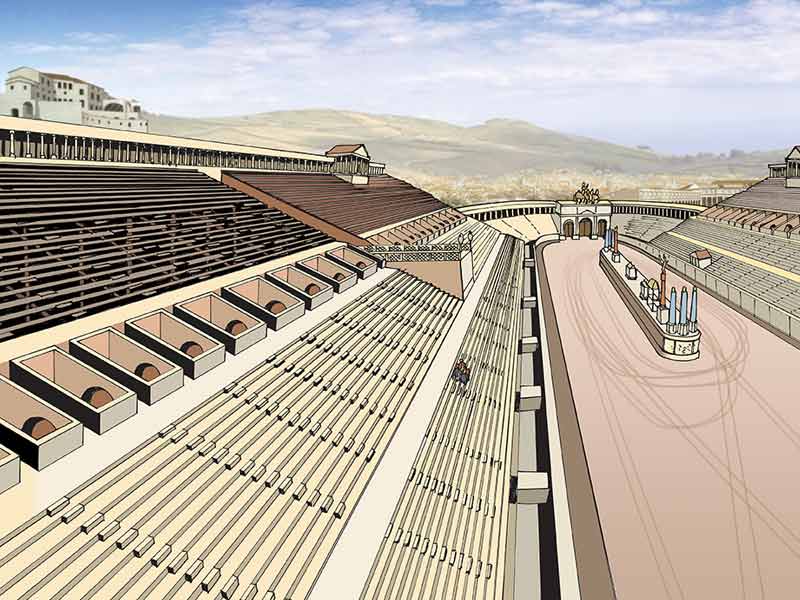
Throughout history, the racecourse was repeatedly rebuilt due to this risk of collapse, but also due to various fires.
Emperor Augustus extended the arena many times over in his time until Emperor Trajan completely re-clad the monument with stones, bricks, and concrete-like material 100 years later.
The Circus Maximus was used until 549 AD before the stands were gradually dismantled due to the building materials required. From then on, the stones were reused for magnificent palaces and churches.
Our hotel recommendations in the center of Rome:
Have you already found accommodation?
We have researched the best hotels nearby! -> Hotels in Rome City Center
Guest reviews: 8.7 (Excellent)
Rome's chariot races in the Circus Maximus - a gateway to freedom for slaves
The Circus Maximus was primarily a venue for Rome’s chariot races. In the past, 12 races were held here for special celebrations, and from the imperial era onwards, up to 24 races a day.
This spectacle was usually financed at state expense and provided pure entertainment. The chariots were usually drawn by two to four horses and driven by slaves. If they won, they had a good chance of regaining their freedom and thus rising in society.
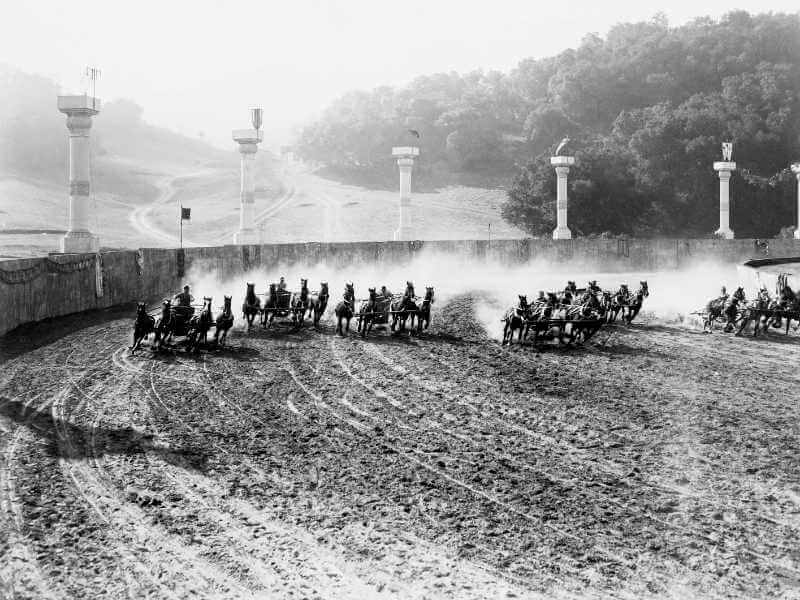
It was particularly spectacular when two of the chariots collided on a bend. Unlike the Greeks, the Romans wrapped the lines of the chariots tightly around their arms to give them a firmer grip.
There was, therefore, a risk of being dragged across the Circus Maximus. This not only resulted in hellish pain but also caused hearty laughter from the audience. The participants only sometimes cut the reins in time and escaped this agonizing experience.
In addition to the unintentional collisions, there were repeated blows from other competitors. It was not only permitted but much more desirable to hit each other during the race.
In addition to the chariot races, the circus was the scene of countless gladiatorial and athletic competitions on which bets could be placed. Winning water battles were also simulated and honored here.
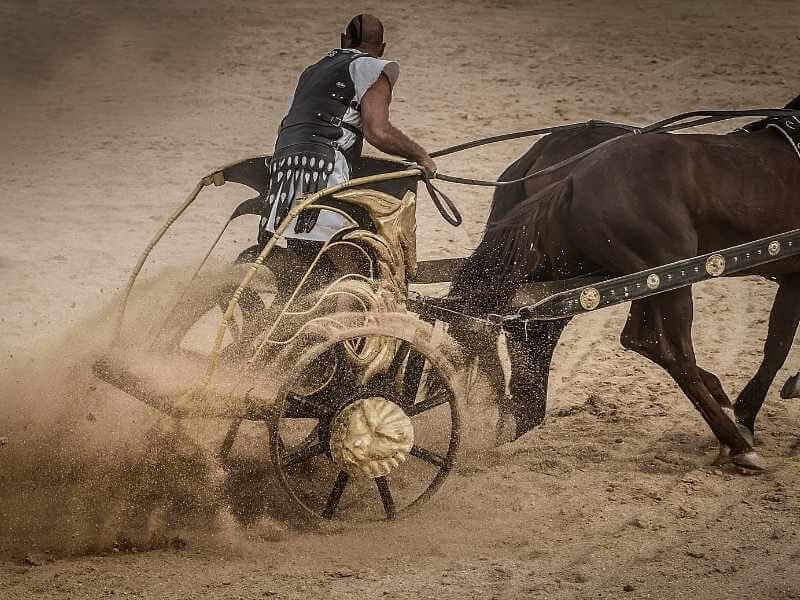
Circus Maximus today
Unlike the Circus of Maxentius near the Via Appia, only some of the Circus Maximus has survived.
Although the basic shape of the stadium and its contours are still clearly recognizable today, apart from a few tiny ruins of the southeast stand, hardly anything of the Circus Maximus of ancient Rome remains on the vast lawn today.
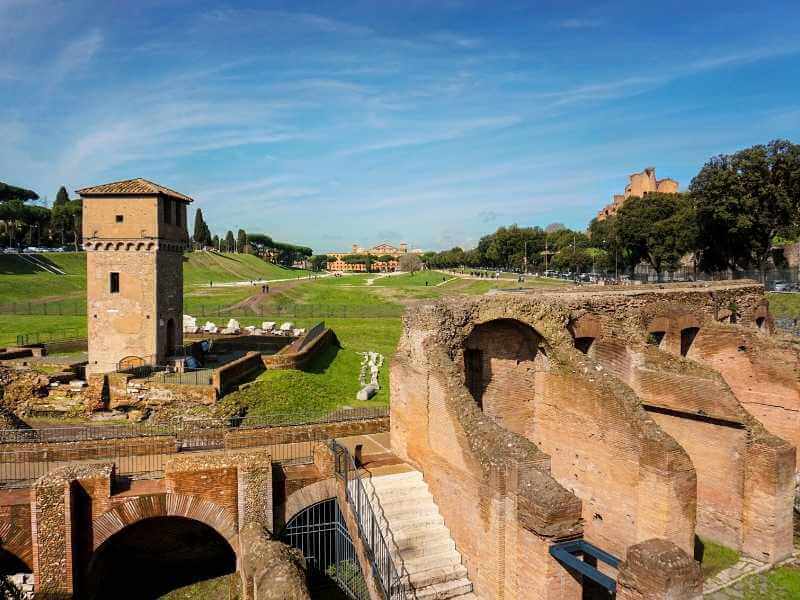
Two giant obelisks that once adorned the Circus Maximus have been rebuilt elsewhere. The obelisk of Augustus was given a new location in Piazza del Popolo, as was that of Constans II, which now stands next to the Basilica di San Giovanni in Laterano.
The current excavation site was an agricultural vegetable plantation in the Middle Ages. In the 19th century, a gasometer and a Jewish cemetery were built here. From 1930 onwards, however, the area was reclaimed, and archaeological excavations began.
What is the Circus Maximus?
How to get to Circus Maximus
The Circus Maximus is located southwest of the Colosseum. The Baths of Caracalla are just a further 13 minutes walk away (in a south-easterly direction).
On the opposite side of the Tiber, you can enjoy a good meal in one of the delicious restaurants in the Trastevere district.

Editor: Sebastian Erkens
Hey and welcome to Rome-Tourist! My name is Sebastian and I travel regularly to Rome, Italy.
On our Rome blog you will get valuable travel tips. If you have any questions about specific tours or sights, feel free to leave us a comment.
These articles may also interest you:
